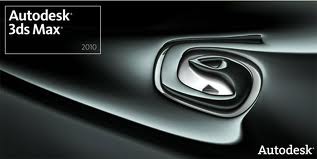The Autodesk Design Academy software curriculum was developed to support science, technology, engineering, and mathematics (STEM) education and is intended for secondary schools looking to offer students a relevant and engaging pre-engineering, pre-architecture program that maps to U.S national academic standards. By applying mathematic and scientific principles to real-world engineering and architecture projects, students quickly understand the relevance of what they are learning.
Students learn the fundamentals of the engineering and architectural design process and get hands on experience using industry-leading Autodesk design software. It is approximately 1 Year of modular curriculum content. By integrating Design Academy into your classroom, your students will be better prepared for college and careers in design. Educate. Motivate. Create.
2011 available resources include:
- Pre-Architecture using AutoCAD Architecture 2011
- Pre-Architecture for Autodesk Revit Architecture 2011
- Pre-Mechanical Engineering for Autodesk Inventor 2011
- Pre-Civil Engineering for AutoCAD Civil 3D 2011
*Also find links to Autodesk DesignKids 2010 & Autodesk Design Academy 2010
Each software application has several modules to download including, Getting Started Guides, Projects, Instructor notes and syllabi.
Check out the Autodesk Student Community (www.autodesk.com/edcommunity) this would be most beneficial to users for creating conceptual designs using such platforms as 3DS Max, Maya, and Revit.
Autodesk Animation Academy Curriculum: This project-based curriculum will guide students through concepts and techniques based on projects and will then be used to create various outcomes. At the end of this conceptual course, students will have a better understanding of the many geometry types including curves, meshes, subdivision surfaces, patch surfaces, and NURBS. With this understanding they will be able to explore the many techniques within explicit and parametric modeling.
Author: Amy Gritzinger
Share this Post

